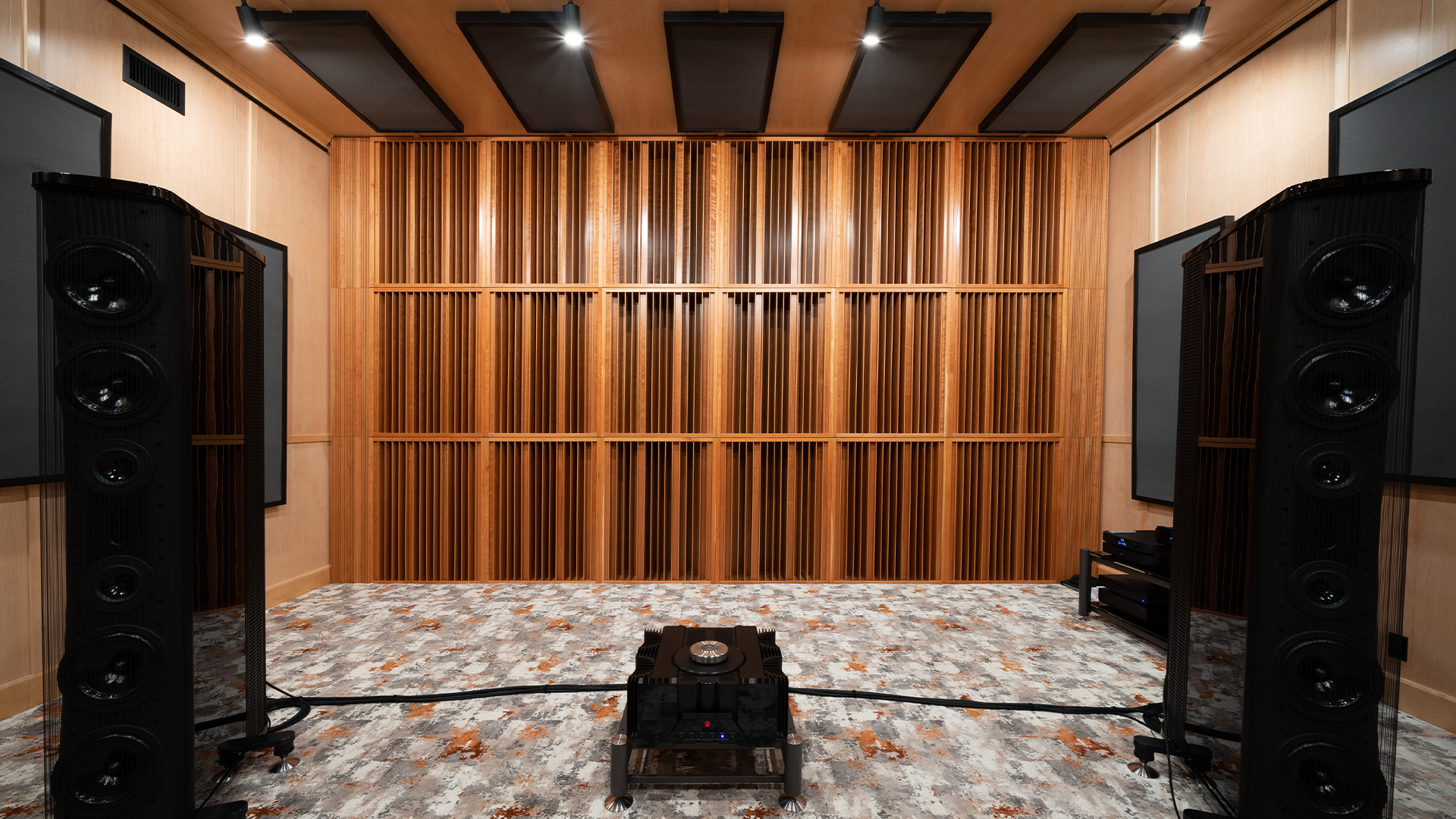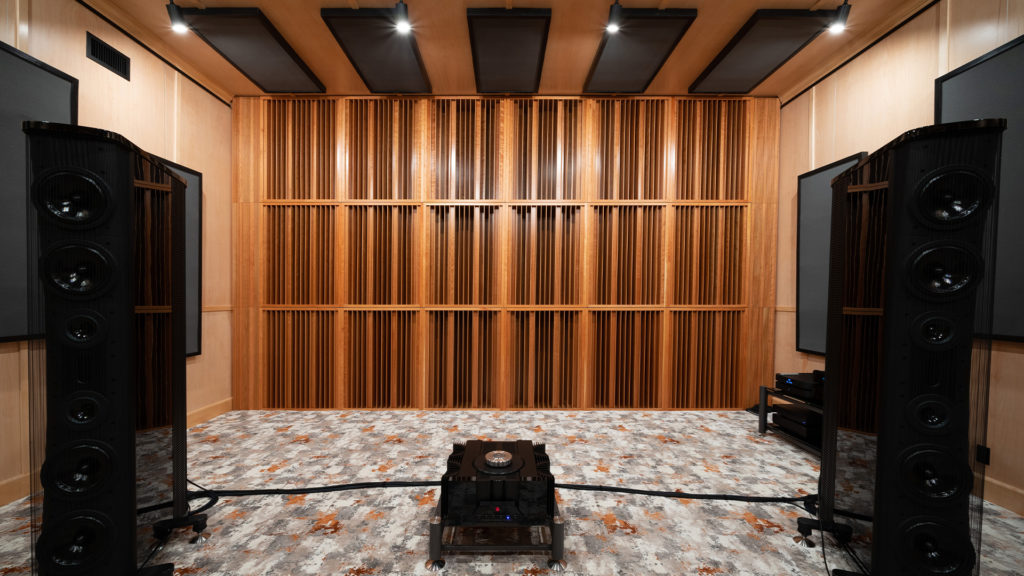
The search term acoustics solutions can have many meanings. Are we dealing with noise transmission from an outside source? Are we discussing sound absorption or sound diffusion when we search for acoustics solutions. When we are dealing with sound absorption are we absorbing low frequency pressure or are we trying to manage middle and high frequency reflections. Low frequency sound absorption technology is completely different from middle and high frequency reflection issues.
Acoustics is a complicated science and most people do not have the knowledge or experience to deal with this complexity. We can assist you with these complex issues. At Acoustic Fields, we can assist you with analyzing your room acoustical issues. Fill out the information in this link and schedule a time slot to speak with one of our engineers.
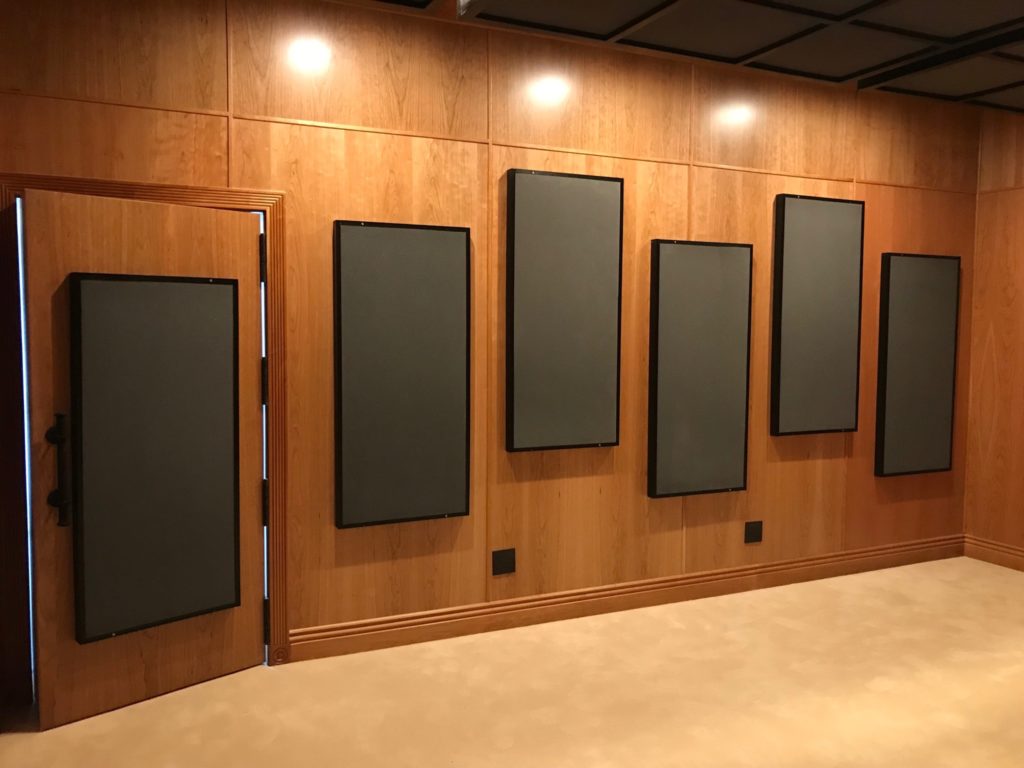
Acoustical Solutions For Noise Transmission Issues
When we are dealing with any type of acoustics solutions, we must quantify and qualify each issue. Are we dealing with noise transmission? Noise transmission is defined as sound from your room leaving and disturbing others. The flip side of that is noise from others coming into the room from outside sources bothering you within your room. Noise transmission issues require measuring the noise first and foremost to determine the frequency and amplitude of the noise.
Noise frequencies below 125 hz. are much more difficult to reduce the transmission of than noise above 125 hz. Lower frequency garbage truck noise is much more difficult to mitigate than people talking in the next room. You must put noise numbers together over a seven day time period. With a week of noise pressure mapping you have a good idea of what day your noise issues are the worst. You then design the sound barrier to deal with the loudest or highest pressure day. Lower pressure days will automatically be treated with these maximum / minimum pressure issues.
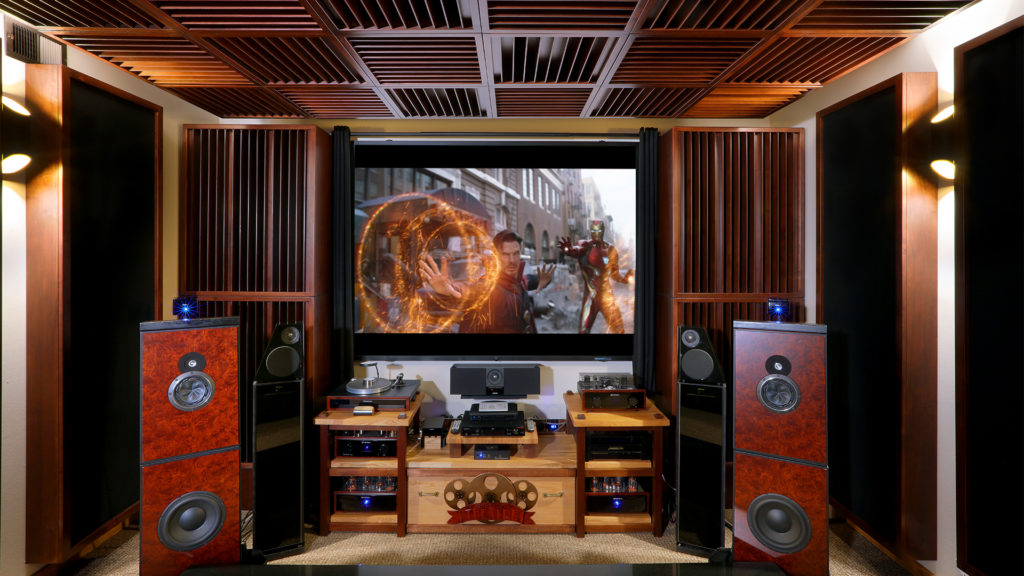
Once we have the noise issues addressed, we must look at managing the acoustic solutions within the room. To manage the pressure and reflection issues within the room, we have two choices in treatment types. We can use diffusion or absorption. Absorption is the chosen technology for managing low-frequency pressure that doesn’t fit within our room.
Diaphragmatic Absorbers – The Ultimate Acoustics Solution
Energy from our music below 100 hz. requires specific pressure based technology such as diaphragmatic absorption. Diaphragmatic absorption is the most powerful of all of the three types of lower frequency pressure based absorption technology. Absorption will also work for frequencies over 100 hz. We use our acoustic foam or acoustic panels for that purpose. This energy type produces reflections from our wall surfaces. Reflections increase reverberation times which are a form of room distortion that interferes with speech intelligibility.
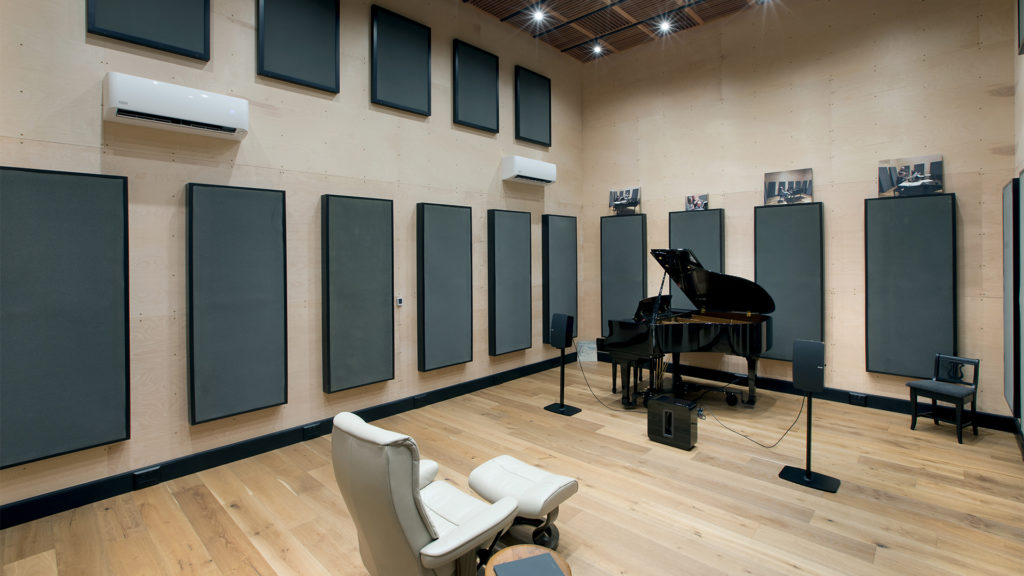
Sound Diffusion Explained
Diffusion is a technology that can make a small room sound larger if it is used correctly. There is only one true form of diffusion which is quadratic diffusion. Quadratic diffusion is a series of wells or troughs that have varying depths that correspond to certain octave bands that determine the frequency response of the diffuser. Every diffuser is like a speaker. It has a frequency response just like a speaker. The depth of the diffuser determines how low the diffuser will work at and the width of the wells determines the highest frequencies the diffuser will work at.
With quadratic diffusion, you can have one dimensional diffusion and two dimensions. One dimensional diffusion the diffusion sequences are arranged in a vertical array. They can all be arranged vertically or they can be arranged horizontally. A vertical array of diffusers diffuses energy in a horizontal array. A horizontally placed diffuser diffuses energy in a vertical array. If you combine both vertical and horizontal diffusion on the same surface area you can create a two dimensional diffusion that diffuses energy in both the vertical and horizontal domains.
Step by Step Process
Finding the correct acoustic solutions for homes for your particular issues is not an easy task. You must first define the issues you are having and then develop a strategy to deal with the chosen issues. Once you have step by step tactics to treat the issues, you can build barriers to stop noise transmission. You can use absorption or diffusion to treat the energy that remains within the room. You must apply the same step by step process to each and every issue.
Achieving a quality room sound is no accident. It takes careful planning and consideration especially when you are dealing with noise. With noise transmission issues you do not want to spend more than one dollar than you need to. With barrier technology you do not want to waste space or money since two things happen. You will never get your barrier costs back since it is a permanent build. Secondly, noise is 5-6 times more costly than treating the energy that stays within the room.


